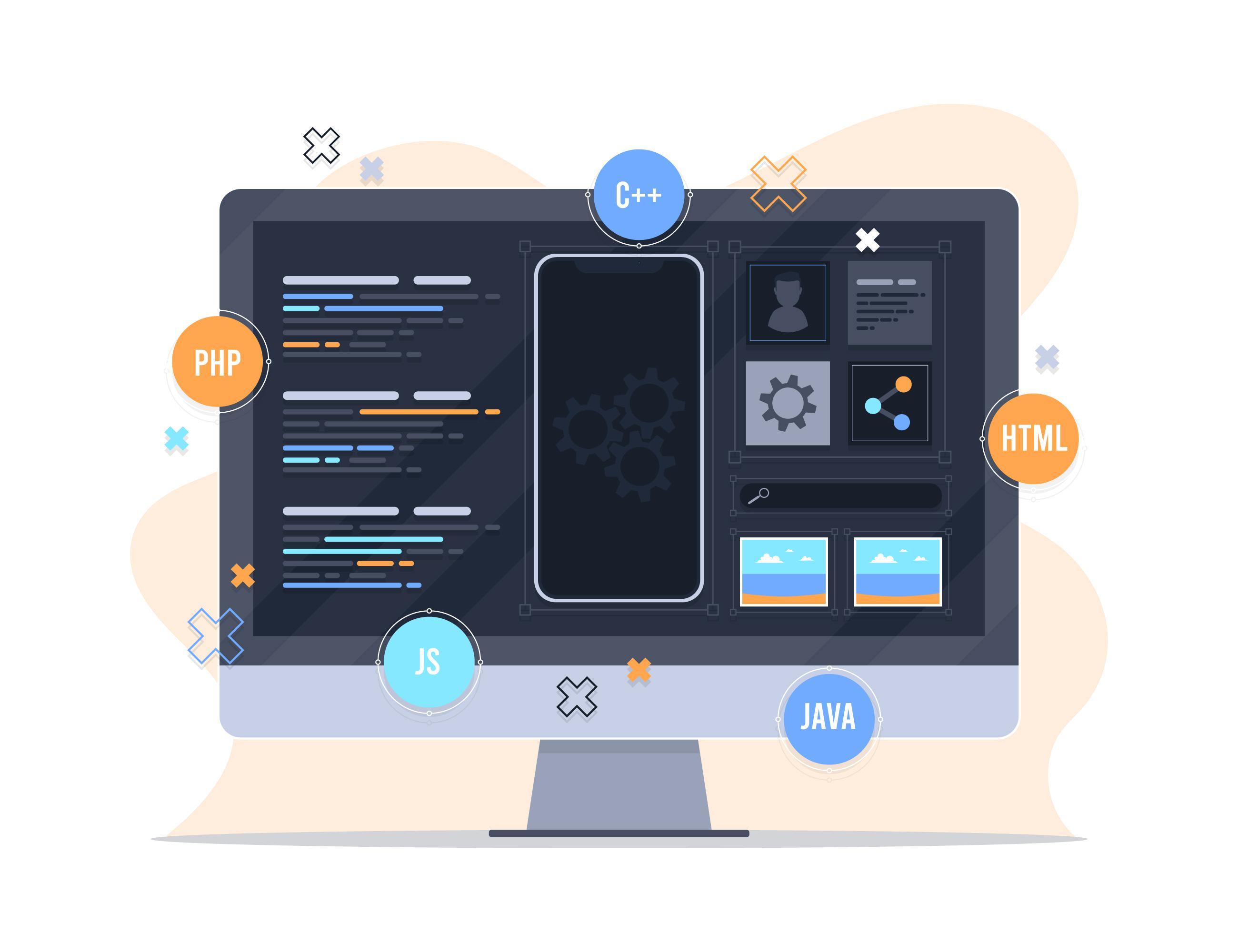How to Improve Your Website's Loading Speed Using Best Practices
Website loading speed is a crucial factor affecting user experience and site ranking on search engines. Websites with fast loading speeds have a higher chance of attracting and retaining visitors, which contributes to increased conversion rates. In this article, we will explore effective strategies to enhance your website's loading speed, including optimizing images, reducing file sizes, and using caching techniques.
Why is Website Loading Speed Important?
- User Experience: Websites that load quickly improve the user experience. Visitors are more likely to leave websites that take too long to load, which leads to higher bounce rates.
- Search Engine Optimization: Google and other search engines consider page load speed when ranking websites. Faster websites tend to get higher rankings, which increases their visibility.
- Increased Conversion Rates: Speed affects conversion rates. Studies show that an increase in load time by just one second can reduce conversion rates by up to 20%.
Strategies to Improve Your Website's Loading Speed
1. Optimize Images
- Compress Images: Use tools like TinyPNG or ImageOptim to compress images without losing quality. Large images can be a primary cause of slow page loading.
- Use Appropriate Formats: Choose the right image formats. For example, use JPEG for photographic images and PNG for illustrations with limited colors. The WebP format is another option that allows high-quality image compression.
- Enable Lazy Loading: Implement lazy loading to load images only when they appear on the screen. This reduces the time required to load the page initially.
2. Reduce File Sizes
- Minify CSS and JavaScript Files: Use tools like UglifyJS and CSSNano to reduce the size of CSS and JavaScript files. Removing unnecessary spaces and comments can enhance loading speed.
- Use Asynchronous Loading: For JavaScript files, use the
async or defer attributes to load them asynchronously. This helps reduce their impact on the page’s loading speed. - Remove Unnecessary Files: Eliminate any unnecessary files or components from your website. The fewer files the browser needs to load, the faster the loading speed.
3. Use Caching Techniques
- Enable Browser Caching: Configure caching settings on your web server. This allows the browser to store cached versions of pages, reducing load time for users who return to the site.
- Use Content Delivery Networks (CDN): CDNs distribute your content across a network of servers located in different geographic areas. This means that visitors can download content from the server closest to them, improving load speed.
- Server-Side Caching: Use tools like Varnish or Redis for dynamic content caching on the server side. This helps speed up server response times.
Conclusion
Improving your website’s loading speed is vital for delivering an excellent user experience and increasing conversion rates. By optimizing images, reducing file sizes, and using caching techniques, you can achieve faster loading times, which will improve your search engine ranking and visitor satisfaction. Regularly monitor your site’s speed with tools like Google PageSpeed Insights or GTmetrix to ensure it’s always performing at its best.
